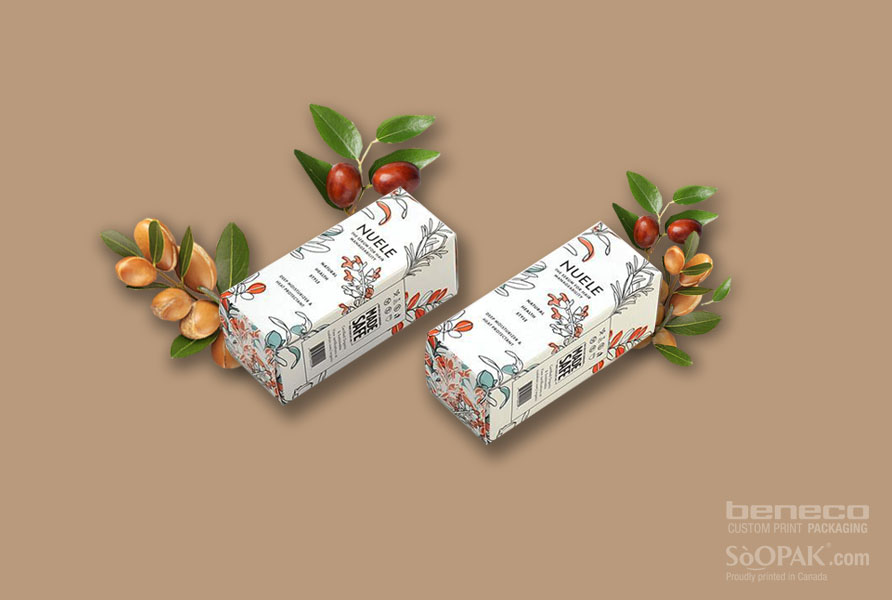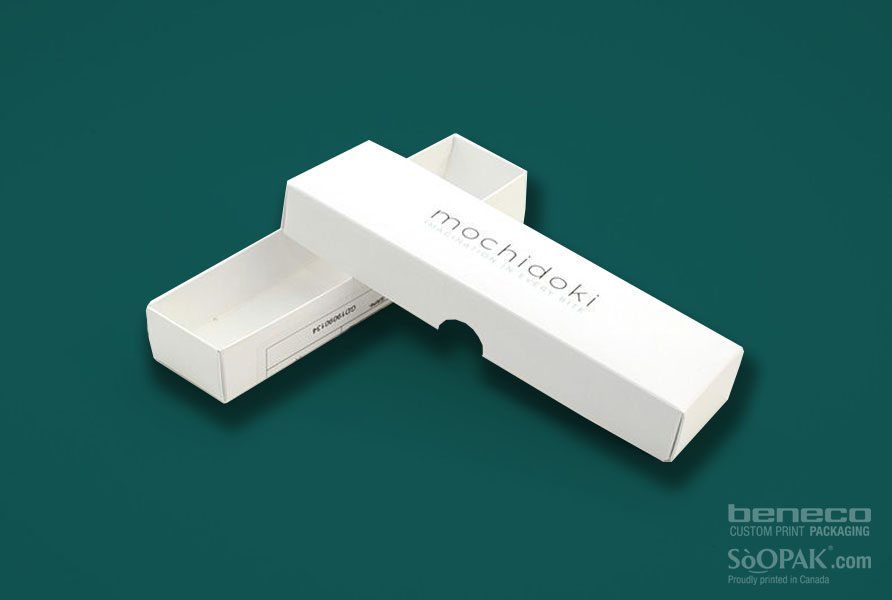
If you sell food and drinks, then you need to ensure that you keep sanitary measures in mind when packaging. Failing to do so can pose a severe health risk to your customers, hurting your reputation and potentially resulting in fines. Keep the following information in mind to ensure that your food and drink packaging is as sanitary as possible.
Ensure Proper Personal Hygiene
Start by ensuring that everyone who interacts with your product follows proper personal hygiene. This includes frequent hand washing and arm washing, as well as covering cuts. Face masks and hairnets are also significant additions.
The best way to ensure proper personal hygiene for sanitation is via thorough and practical training. Make sure that every member of your team knows the appropriate hygienic steps to take. From there, you need to ensure that they are followed.
Hygiene and sanitation are essential throughout the entire process from sourcing the ingredients until the customers receive their items. Also, they are most important before the packaging surrounds the items. At this point, the packaging will give some additional protection against germs and bacteria.
Ensure Surfaces and Equipment Are Sanitized
In addition to the people, any surface or piece of equipment that comes into contact with the food or drink should be properly sanitized. Stay up to date with the latest best practices for sanitation and follow those.
As with personal hygiene, sanitation of the surfaces and equipment is a matter of training and accountability. Take the time to train your team in the proper sanitization methods and never assume that something is common knowledge. Then ensure there is a system in place to guarantee your organization complies with the sanitization standards.
Store the Packaging and Food Properly

For food safety, you must store your items at the right temperature. Frequently, this is as simple as room temperature, but some products need to be refrigerated or even frozen. Storing food at improper temperatures can encourage bacteria to breed.
Make Sure the Packaging Can Handle Proper Storage
As you design your product packaging, keep those ideal storage conditions in mind. If, for example, your food needs to be frozen, make sure that the packaging can handle freezing conditions for an extended period. The packaging material should not break down in those conditions, and neither should additional elements of it, such as the adhesive.
Label the Packages Correctly
Proper labeling is also a must for food and drink packaging. The labels should include all of the legally required and relevant information, including the product date, best by date, and ingredients.
The date labels provide consumers peace of mind that they are eating something that is still safe to consume. It also lets retailers who sell your products to rotate stock properly, so the oldest items get sold first.
Allergies Also Matter Part of the proper labeling includes ingredients for legal and allergy reasons. There should never be any surprises in your food that could trigger an allergic reaction. Given the range of allergies, the best way to avoid this is to ensure that all ingredients are on the label. Include an allergy warning by the ingredients for common allergens as well.






